Thule Island (South Georgia and the South Sandwich Islands)MapApril 1, 2015 The discoverers of the islands and archipelagos in the South Atlantic named many of them after crew members, state officials and various higher-ups, but North Atlantic place names of all kinds are also quite common (so, since there are Orkney Islands off the coast of Scotland, you’ll be sure to find South Orkney Islands somewhere in the Antarctic). 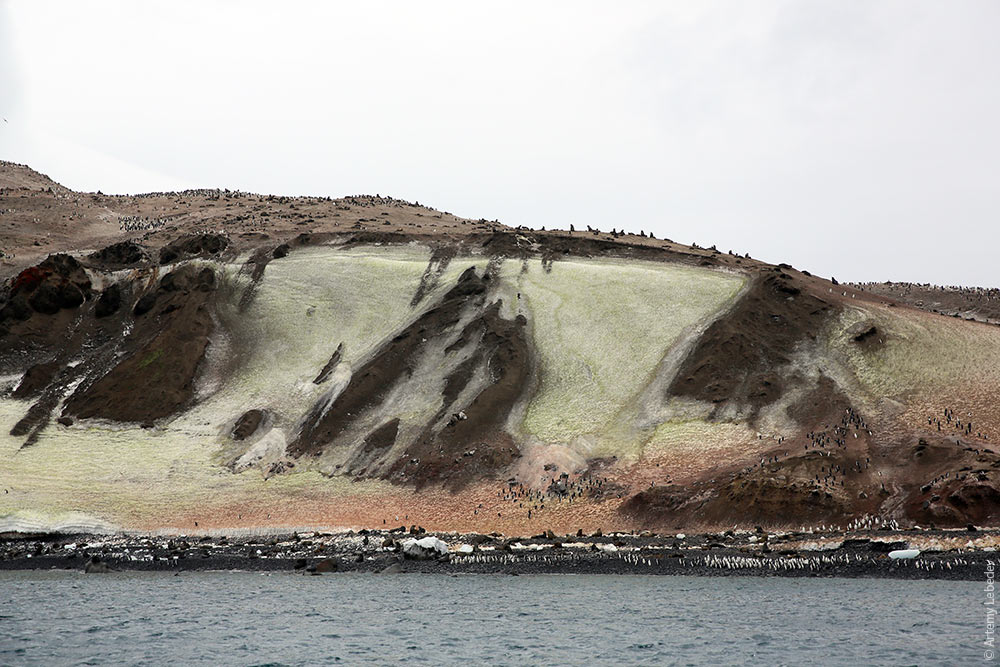 The mythical island of Thule was described by the ancient Greeks as being somewhere near Britain, and for a long time it was believed to be the northernmost point on earth. The Antarctic island of the same name (which is part of South Georgia and the South Sandwich Islands) is a tip of the hat to the north. 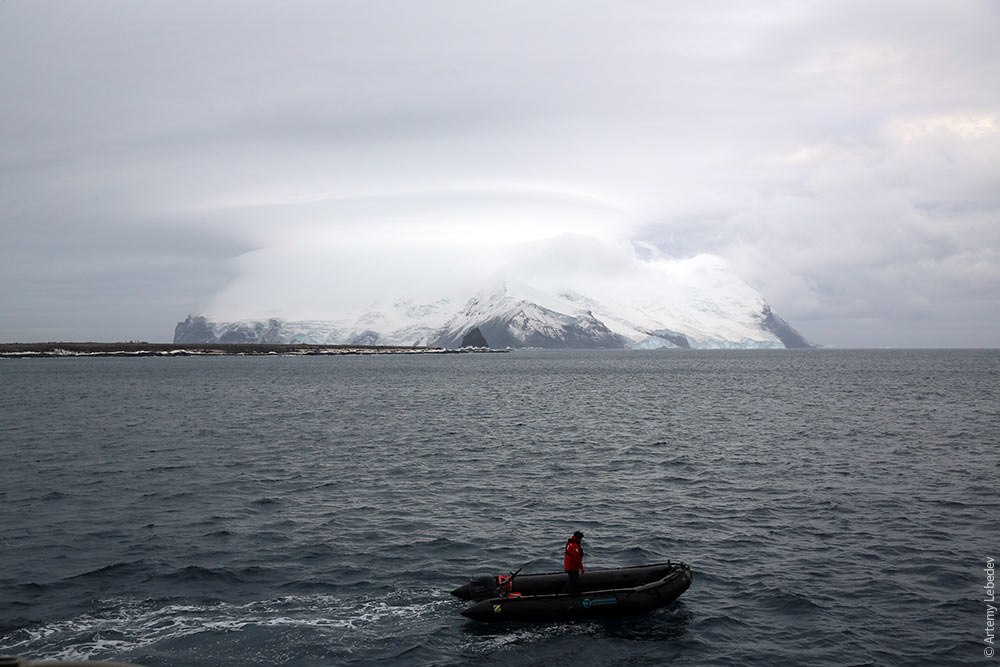 The island’s population consists of seals, penguins and birds.  A whole lot of penguins. 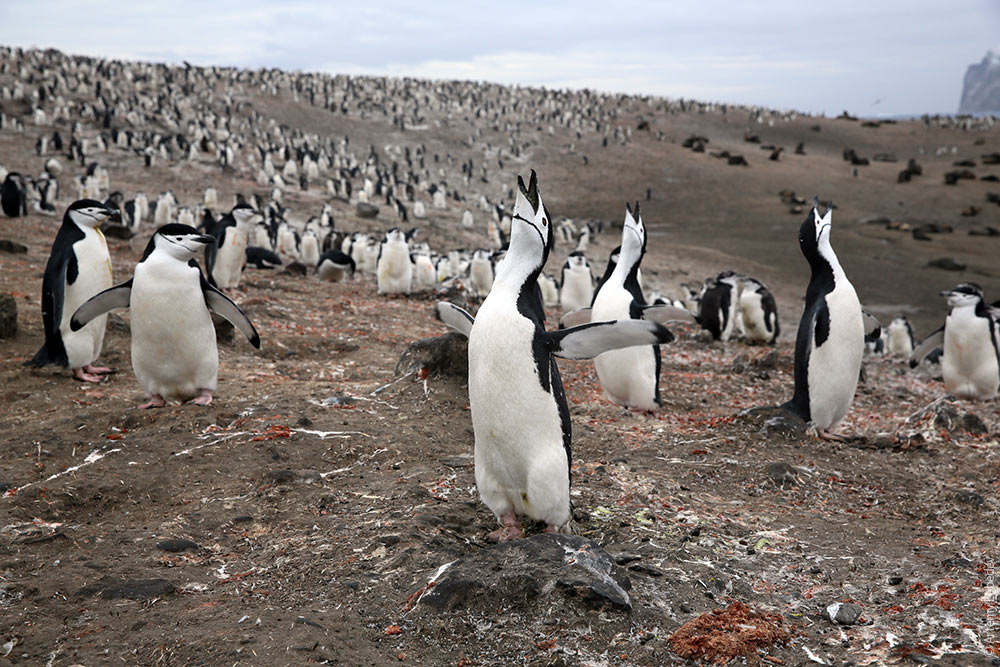 A whole lot of seals. 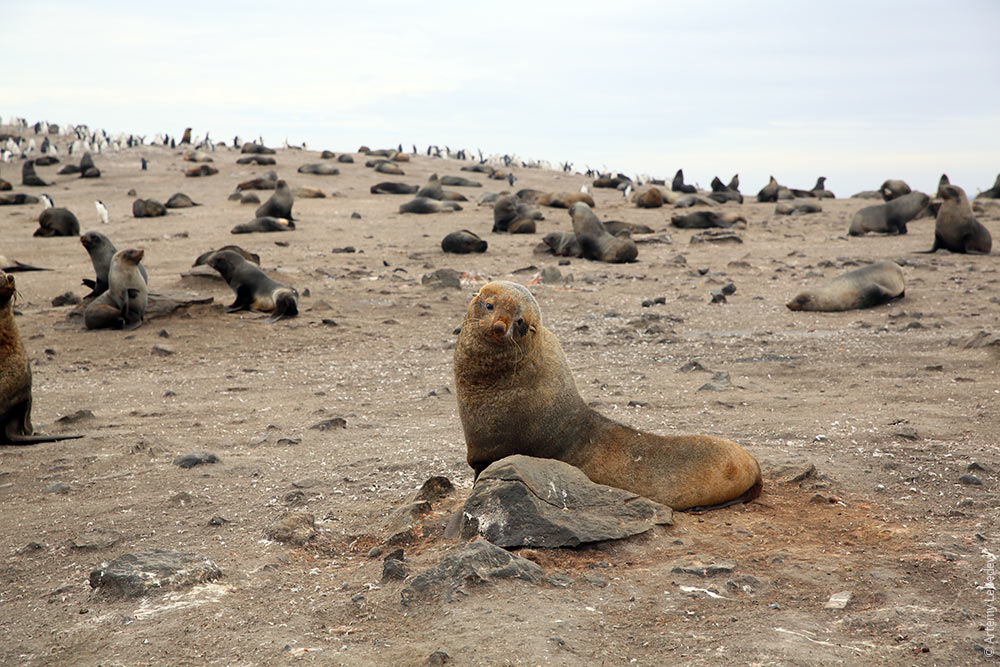 And a whole lot of birds. 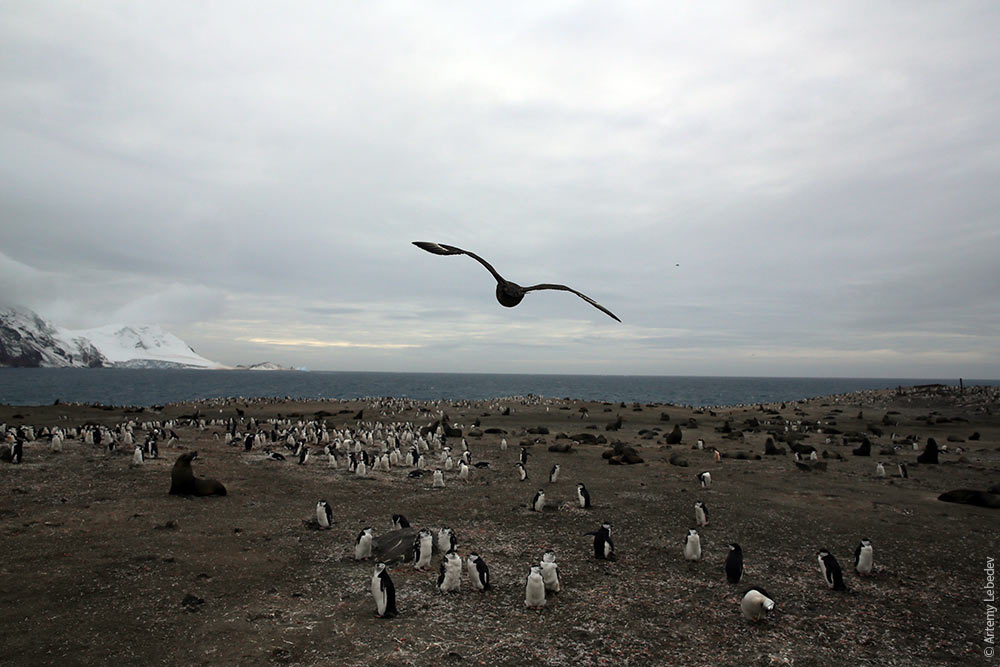 Life takes its natural course here (that’s a former penguin in the picture). 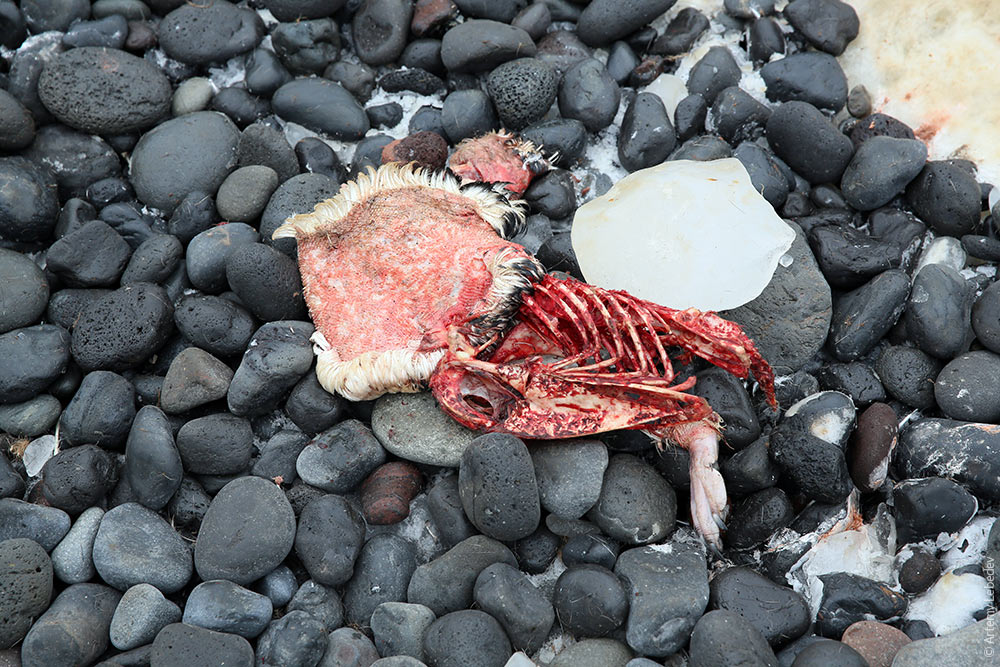 The penguins look very cute in photos. And the seals do as well. But the stench is so intolerable that an hour of walking around the island was enough to make my jacket smell for another month! (Because it took our ship another month to reach the nearest dry cleaner.) 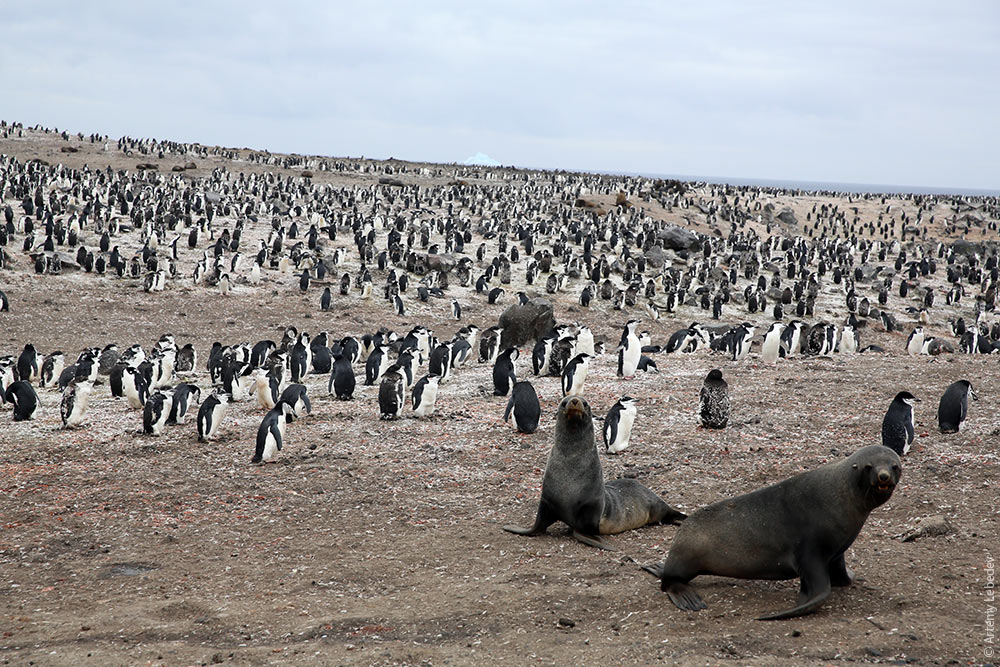 Naturally, the whole island is covered with feathers and guano. 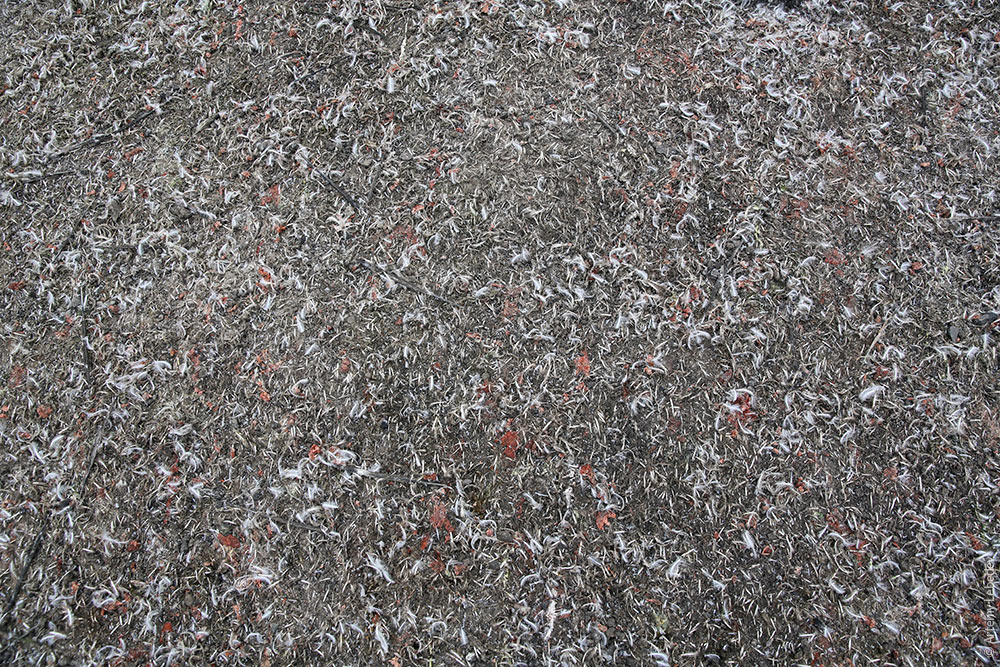 And more dead penguins.  Penguin nests can be used as a makeshift wind rose of sorts. The female penguin always faces the wind when sitting on her eggs, because if she sat with her butt to the wind, her guano would get blown right back at her. This way, however, the guano flies out like a clock hand in all the directions the winds happened to be blowing. Well, that and her girlfriends have to set up their nests outside the average range of her shots. 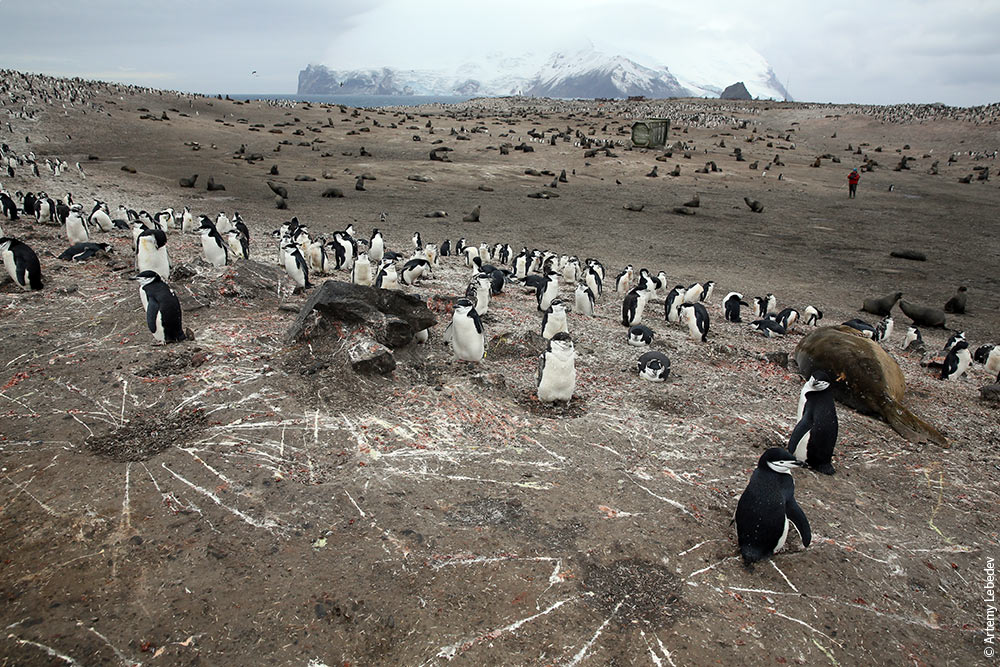 Penguins also molt, which makes them less photogenic than we’re used to. 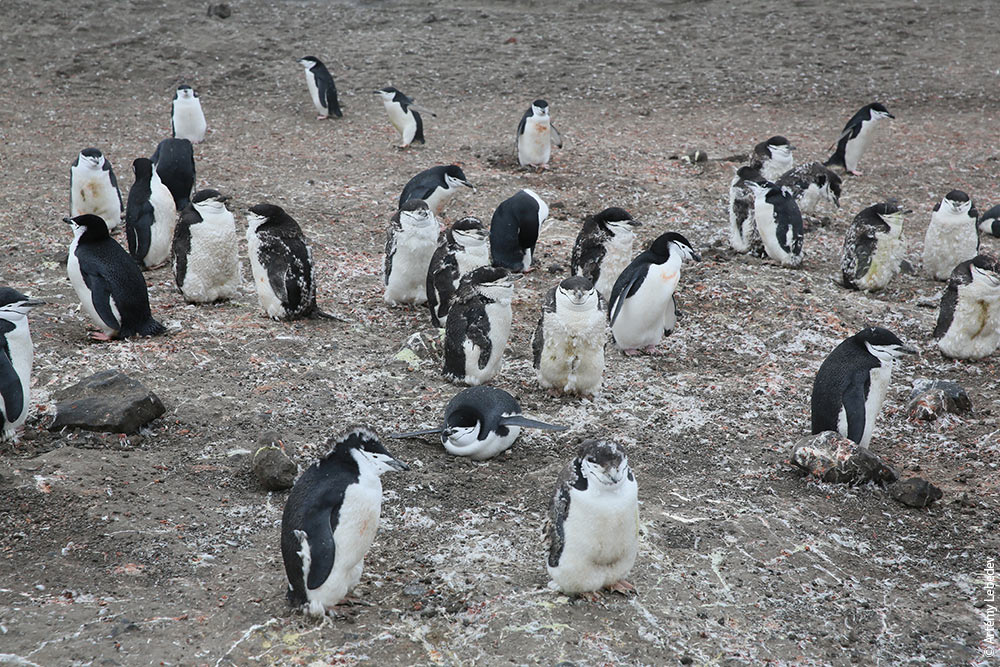 Idyllic! 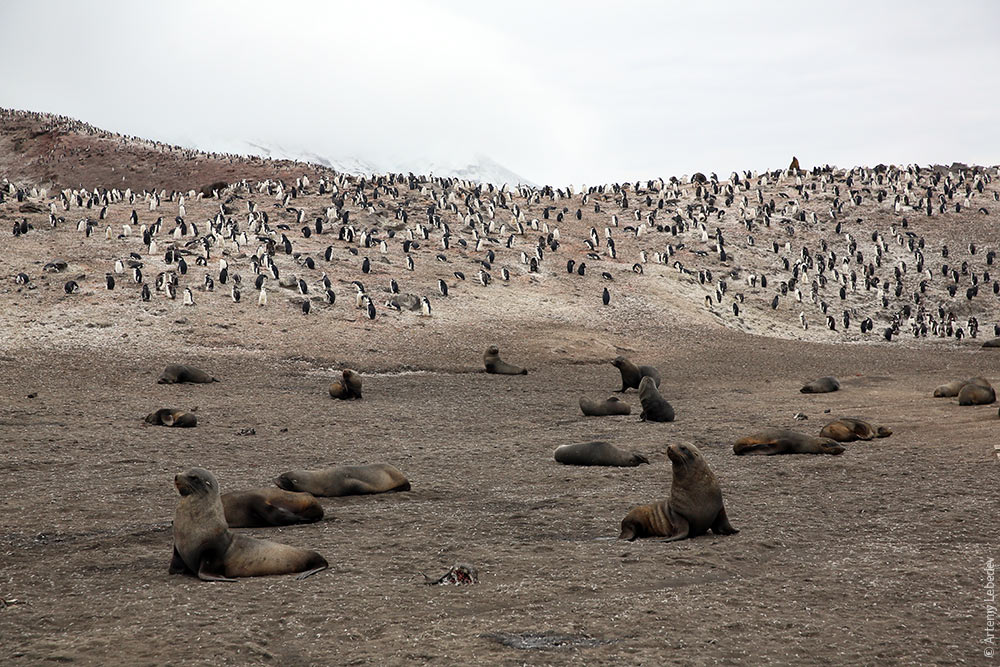 In 1976, the Argentinians decided to interfere in this idyllic state of affairs by building a base here, which they called Corbeta Uruguay. 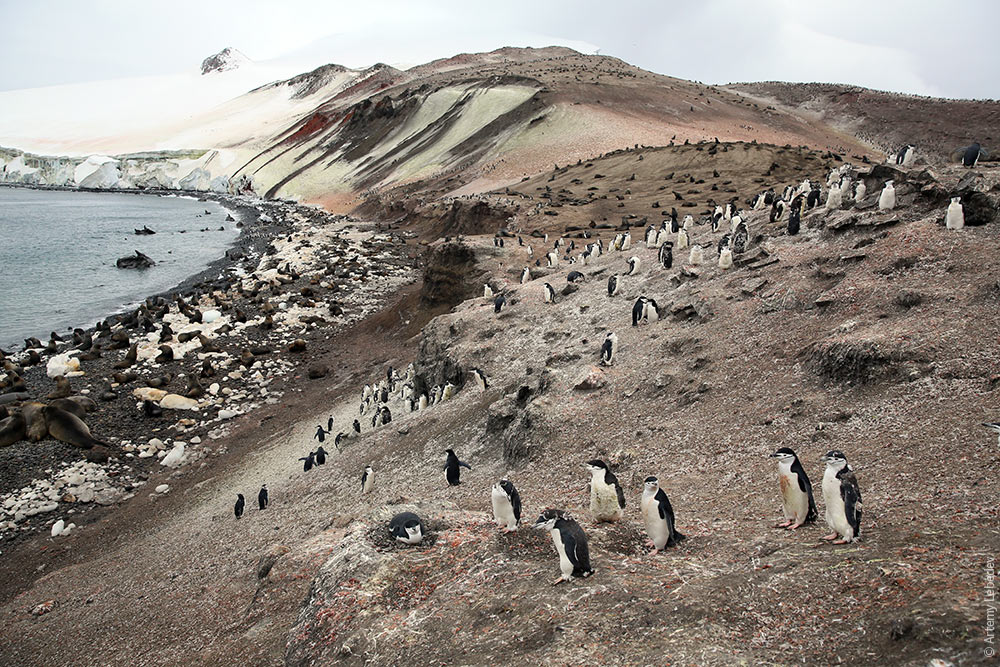 They brought over equipment, built housing, shipped in tractors and set up radio masts. 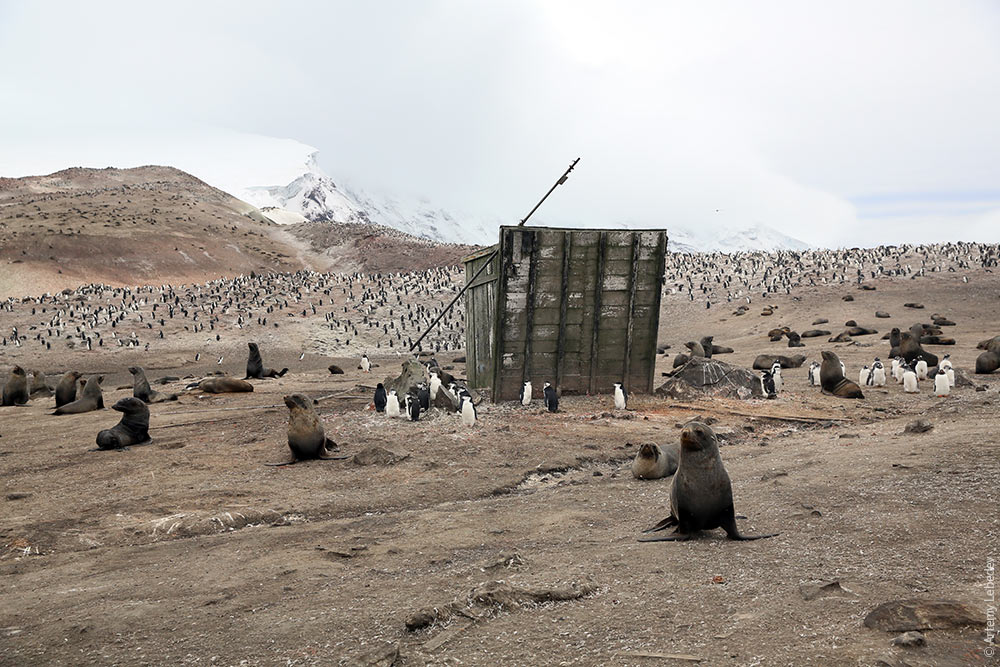 A few years later, Britain and Argentina went to war over the Falkland Islands. As soon as the Brits won, they immediately dispatched three ships with marines to Thule—this became the final operation in the Falklands War. The thing is, they might not have gotten another chance to take back the islands occupied by Argentina, and in the wake of a fresh war the whole thing could be pulled off without any diplomatic scandals. It’s not about the rocks; it’s about the principle. The British issued an ultimatum: surrender by noon. On June 20, 1982, shortly before the deadline, the Argentinians raised a white flag. The personnel were deported and the base was sealed off. 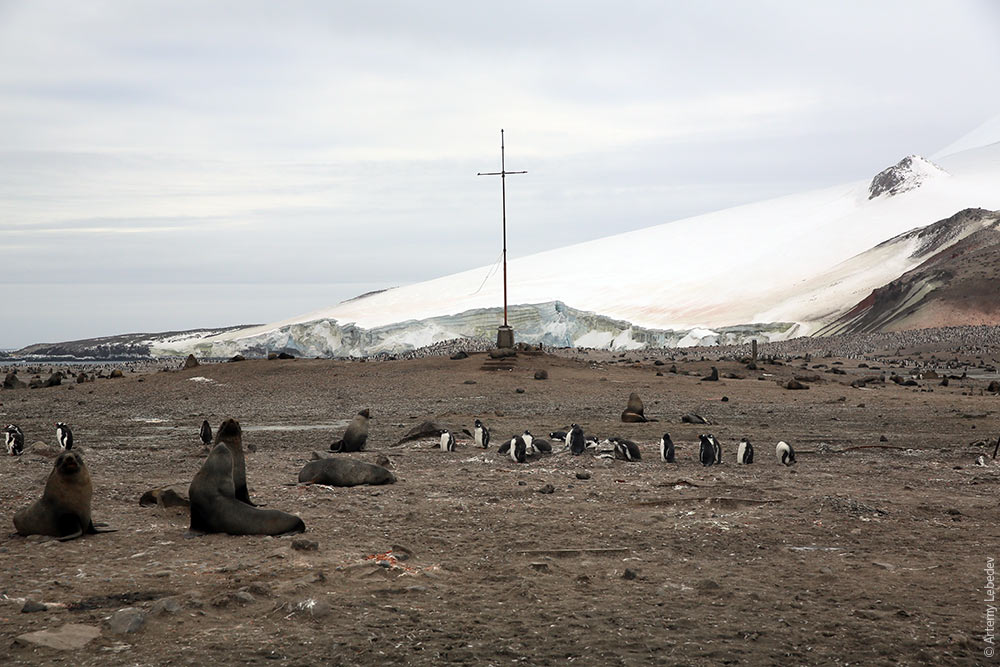 Some time later, the British discovered that the Argentinian flag was once again flying from the base’s flagpole (and the British one had, consequently, been thrown out). This became the final straw. Special forces were sent over to the base with explosives. This is what remains of Corbeta Uruguay today. 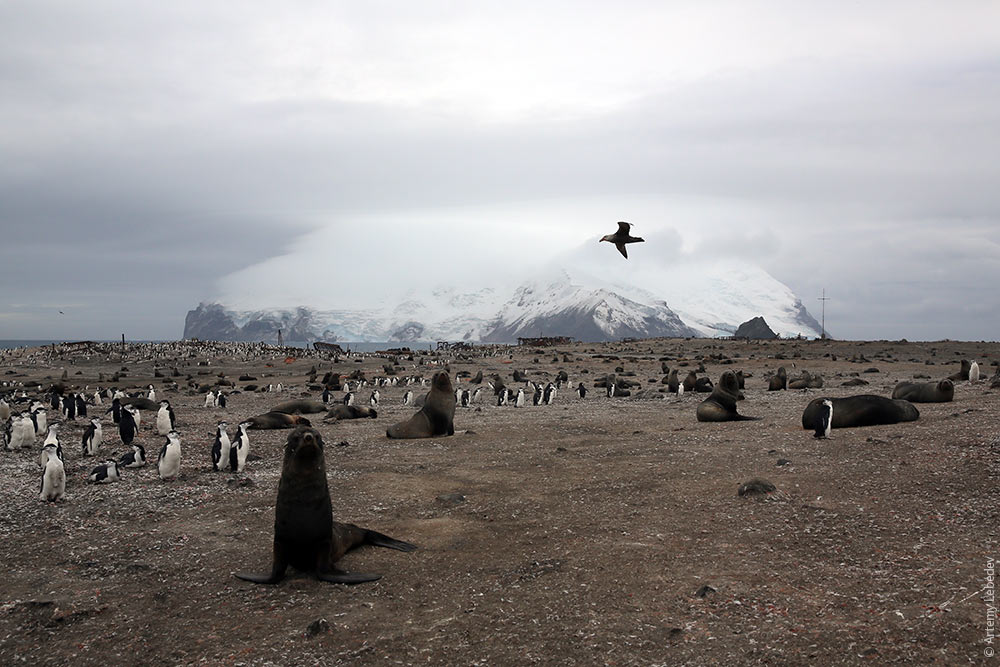 Can’t see? Eh, there isn’t much to see anyway. They blew it all up!  They stuffed explosives just about everywhere they could think of. 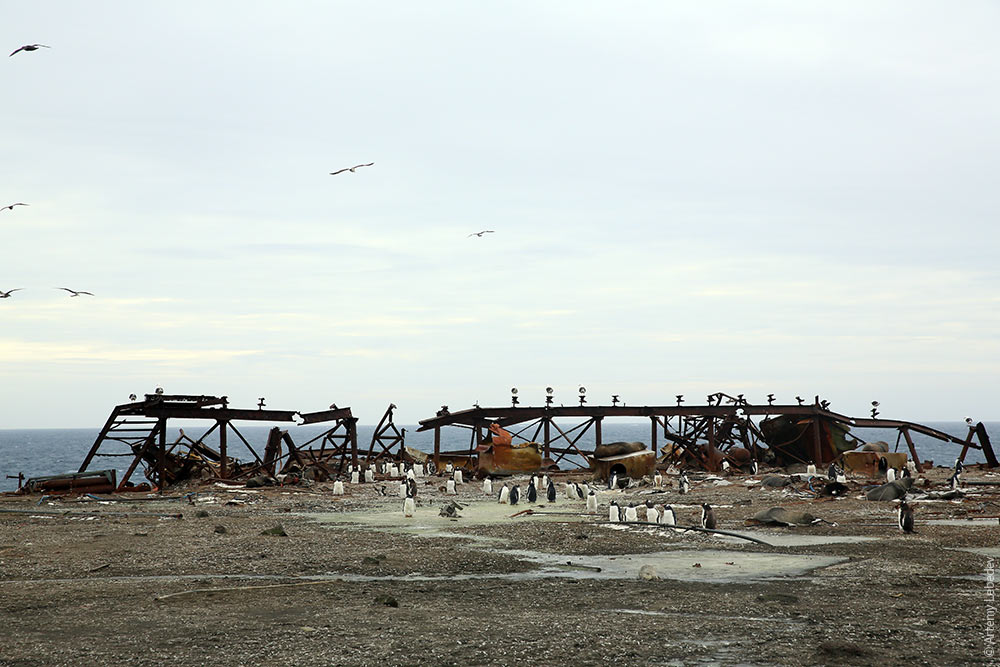 Then they stepped back and pushed the button. 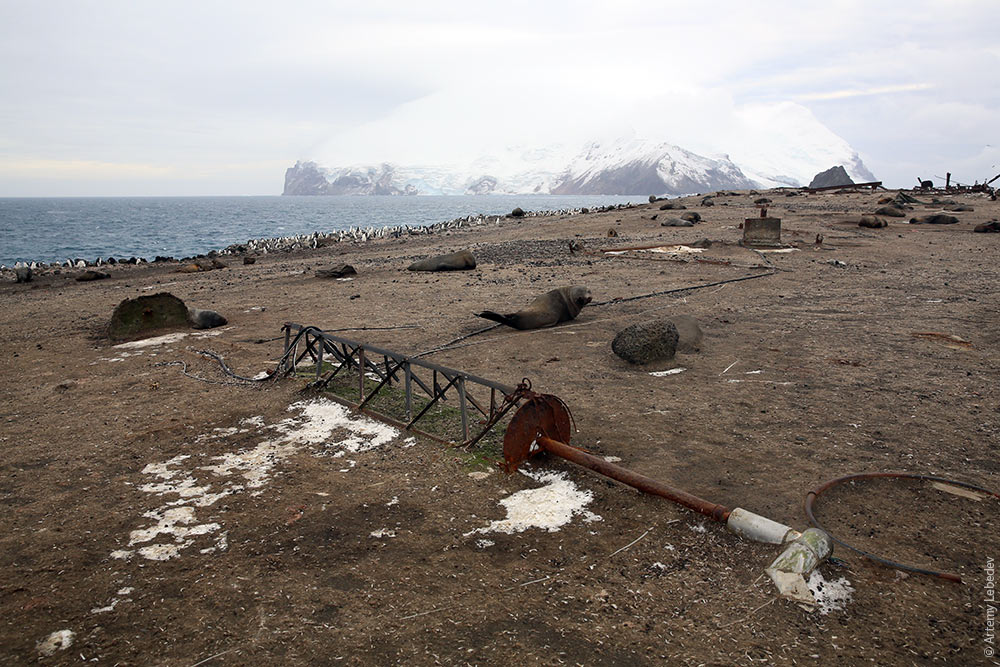 Let’s take a walk through the grounds and enjoy some pristine Antarctic landscapes. 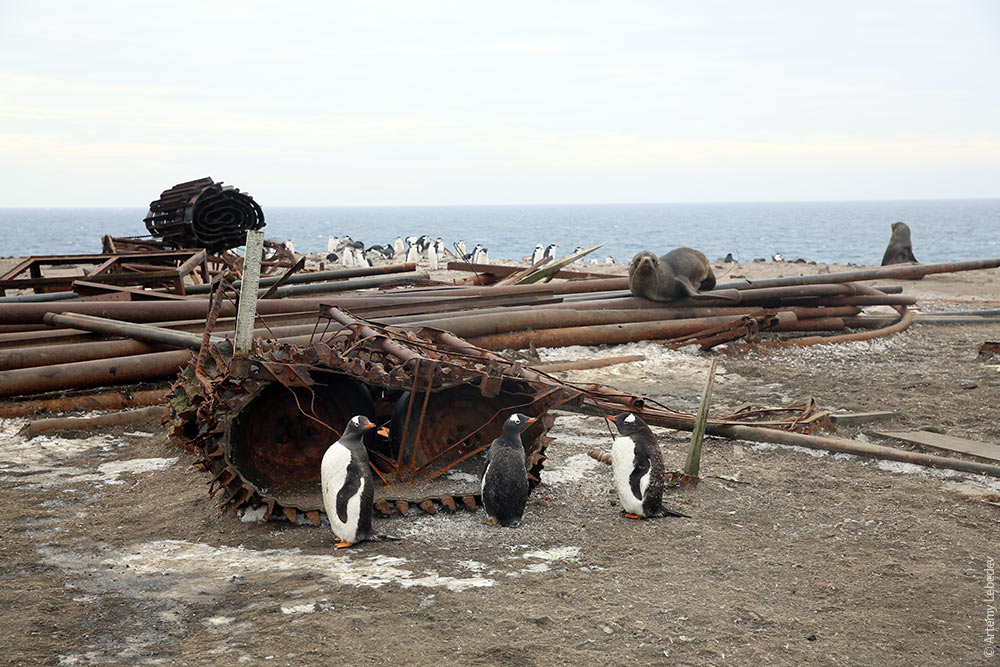 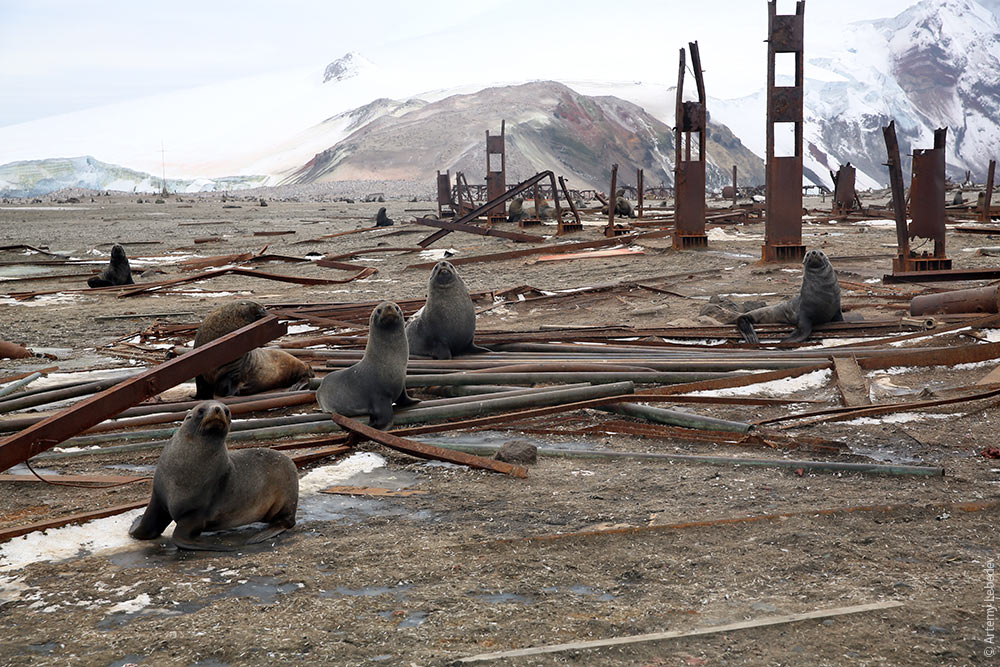 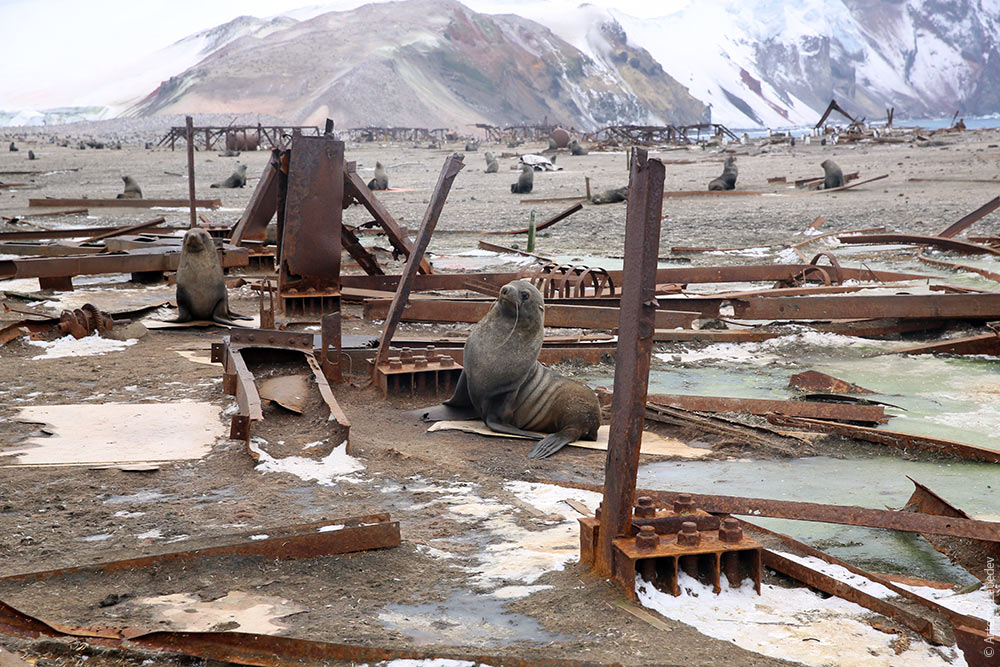 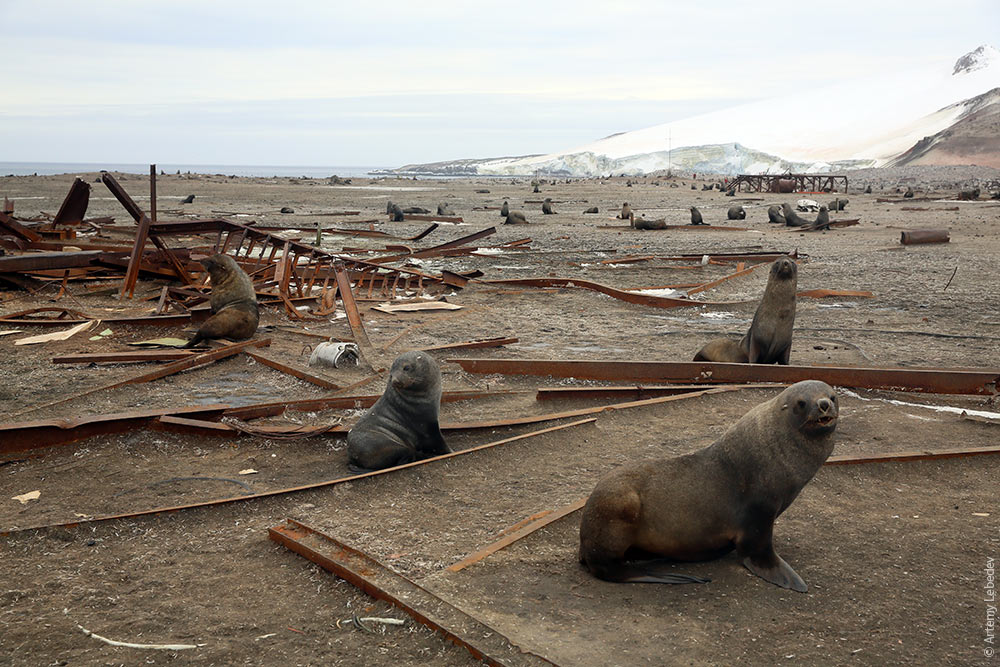 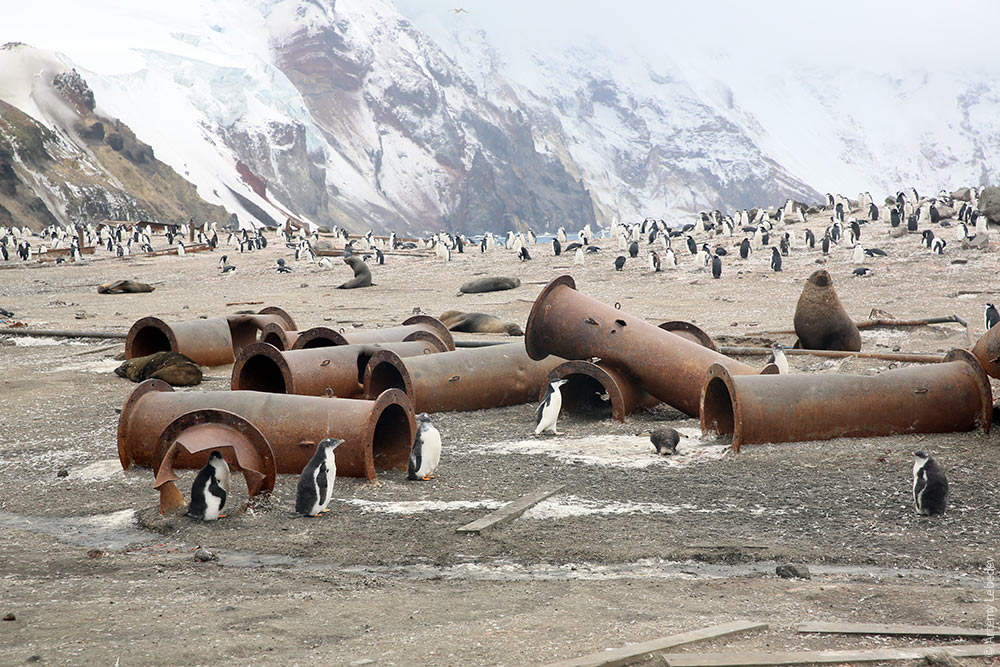 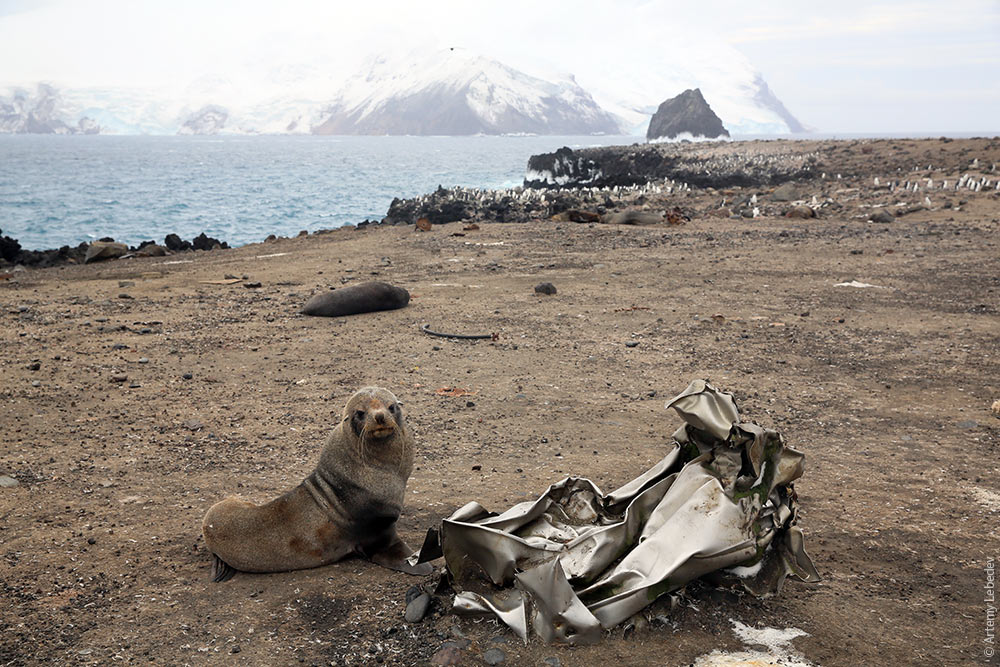  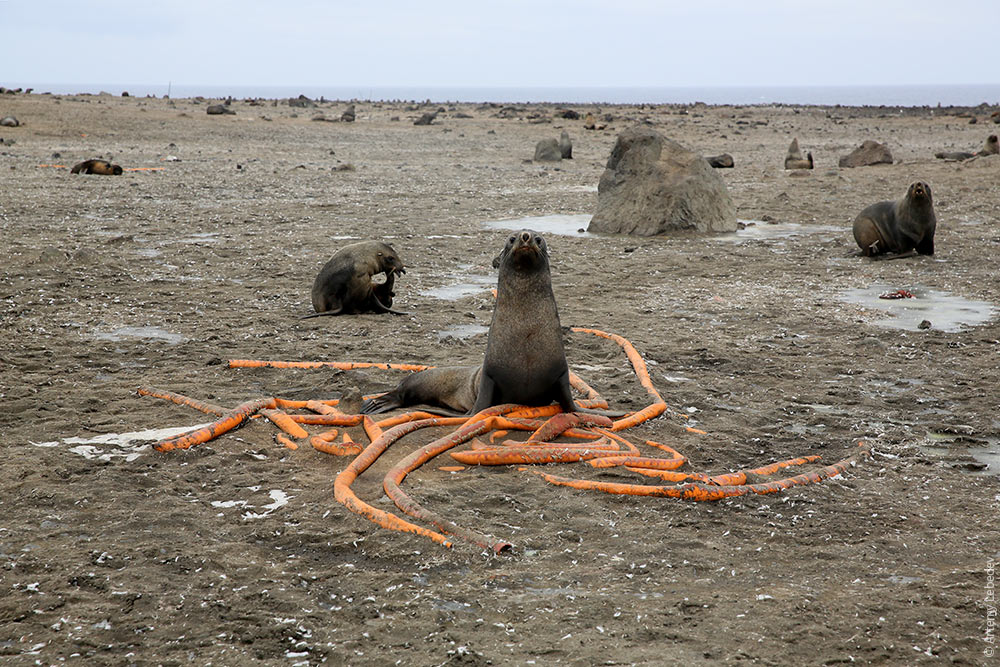  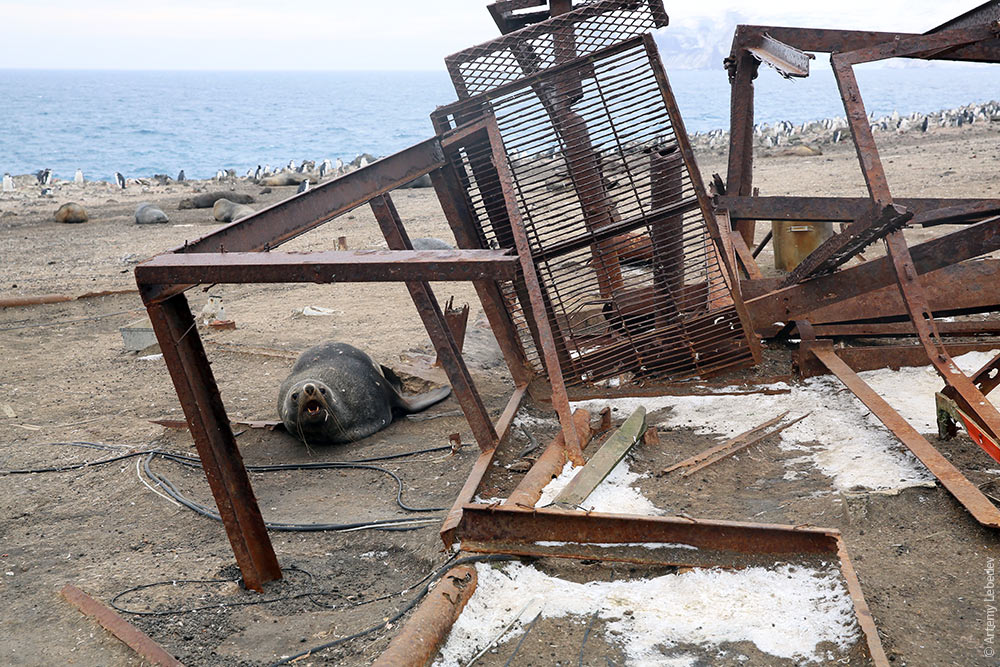 The animals love it! Under what other circumstances would they have ended up with a playground this size?  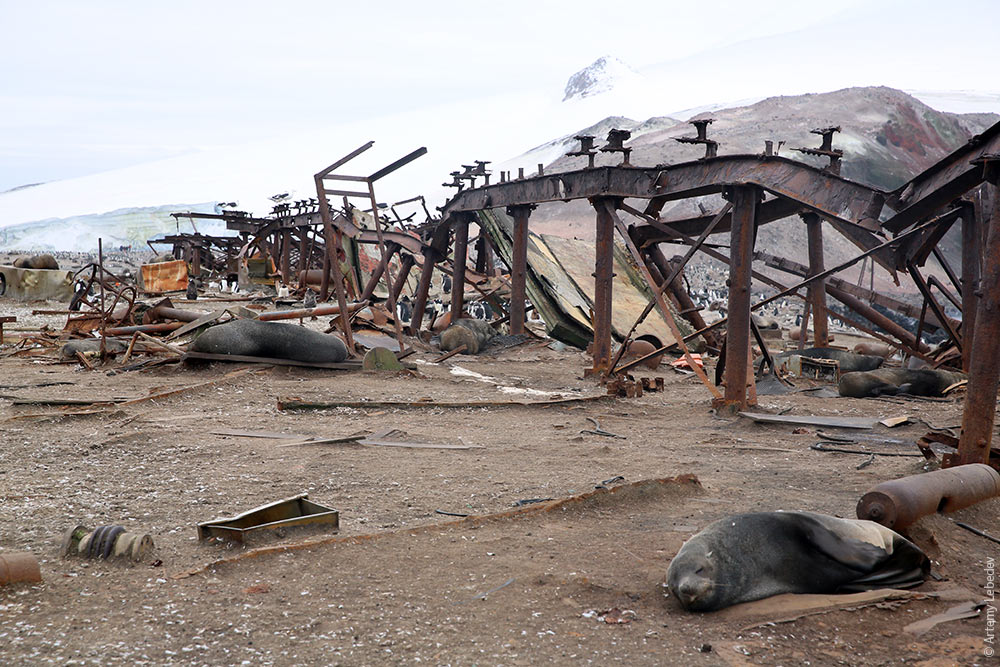 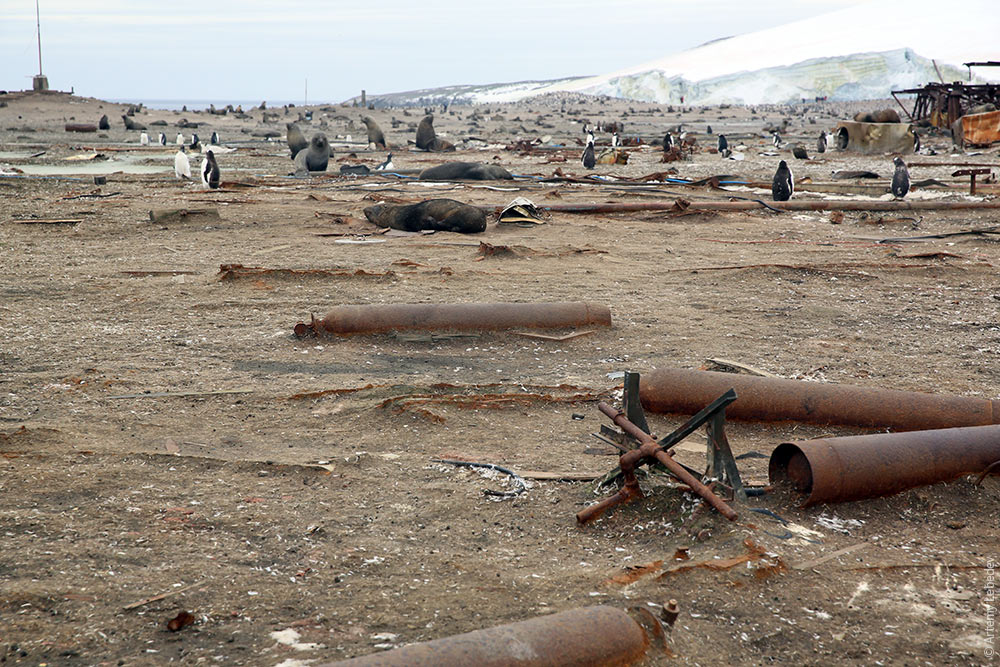 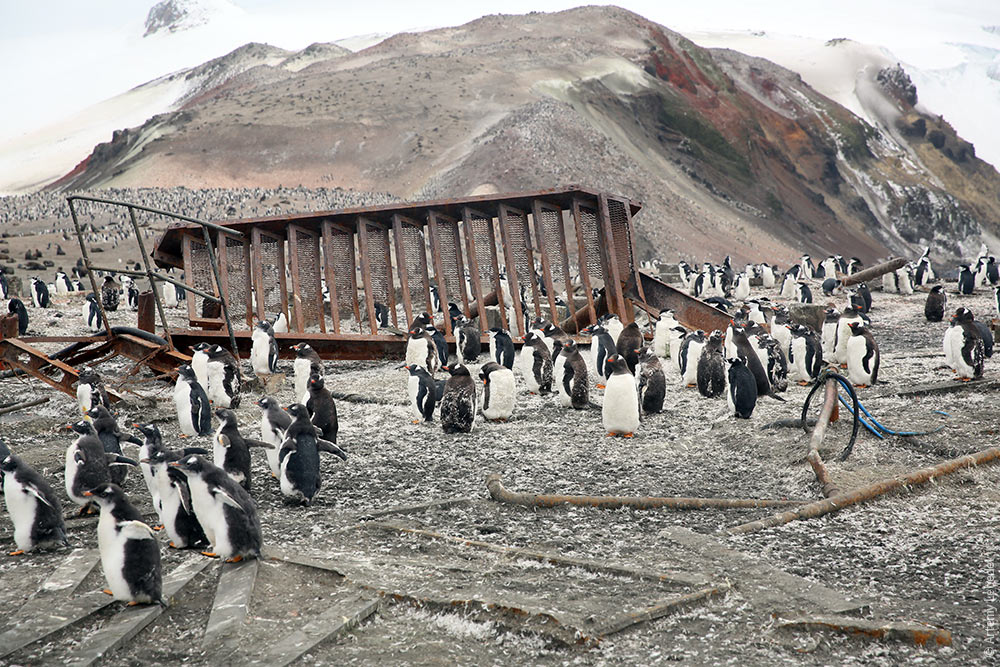 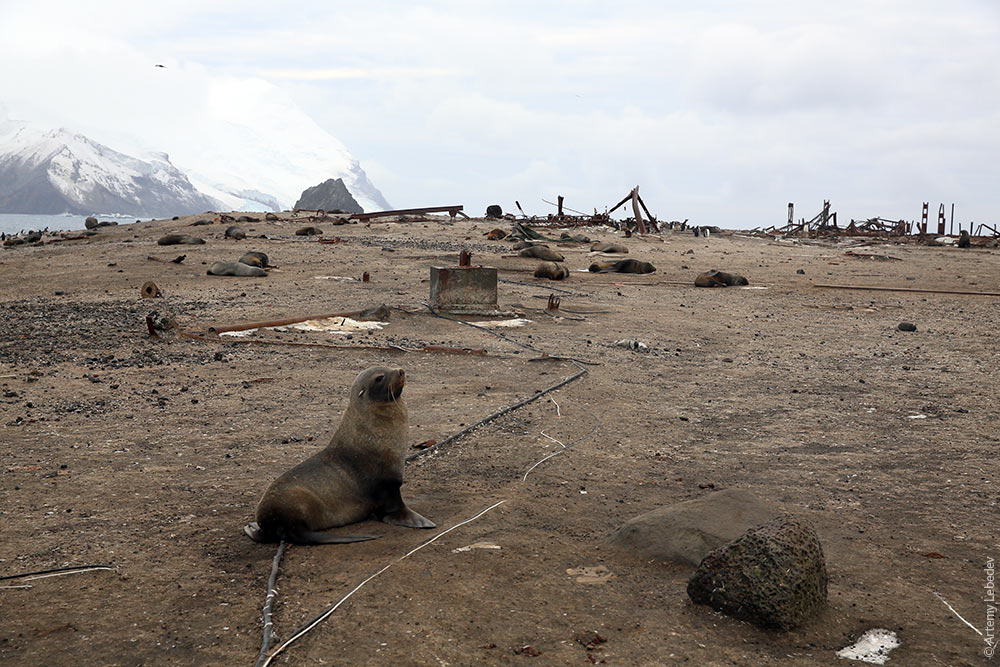 By the way, Antarctica itself is now protected by international treaties that prohibit even peeing outdoors. Every bit of waste must be collected and shipped out. All passengers are required to treat their boots with a special disinfectant solution prior to disembarking. Our entire group also had to disinfect its shoes before visiting Thule, and we were instructed to use the bathroom on board the ship if nature called. 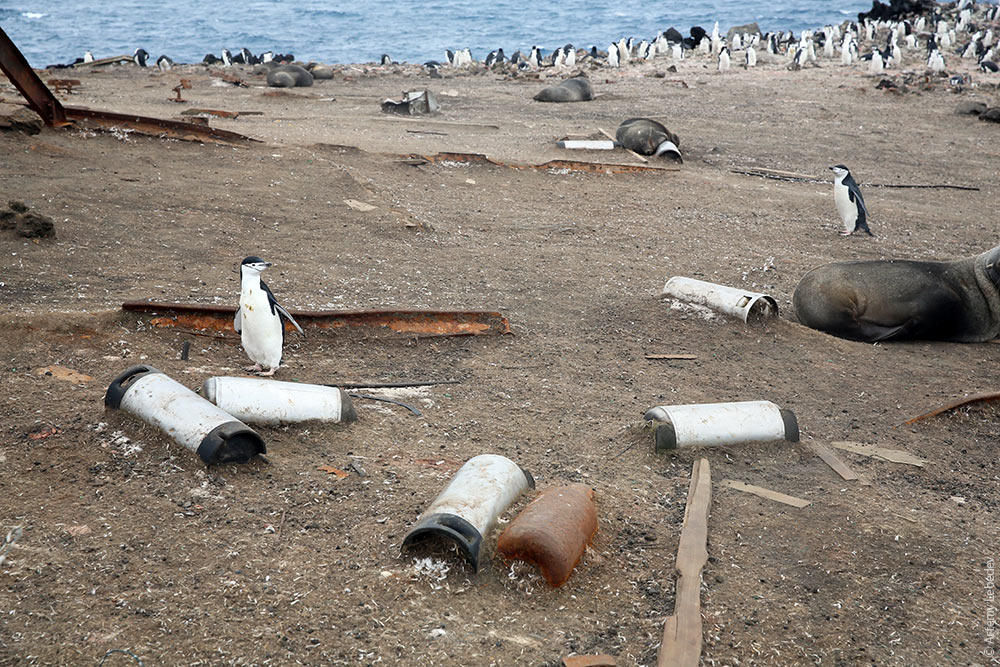 British military literature is strangely silent on the number of penguin and seal casualties of the explosions. 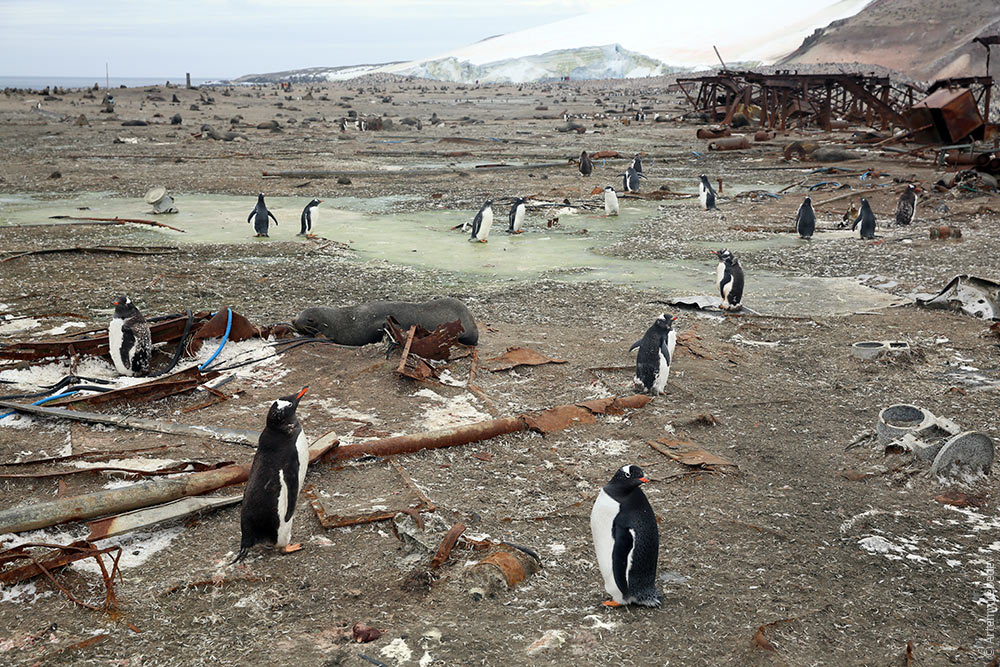 Seals are fairly aggressive and will attack anyone who approaches them. But there’s a simple way to save yourself: just raise your arms, roar and rush at the angry seal. It’ll immediately flee in terror. The sight of 50 travelers roaring and attacking seals as they walk around the island is a rather amusing one. 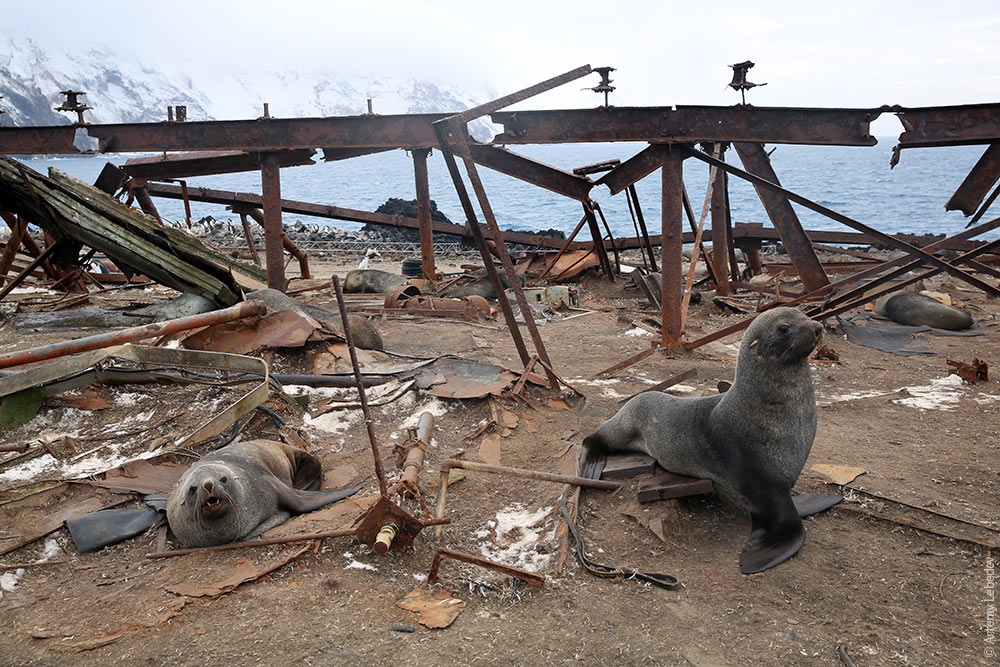 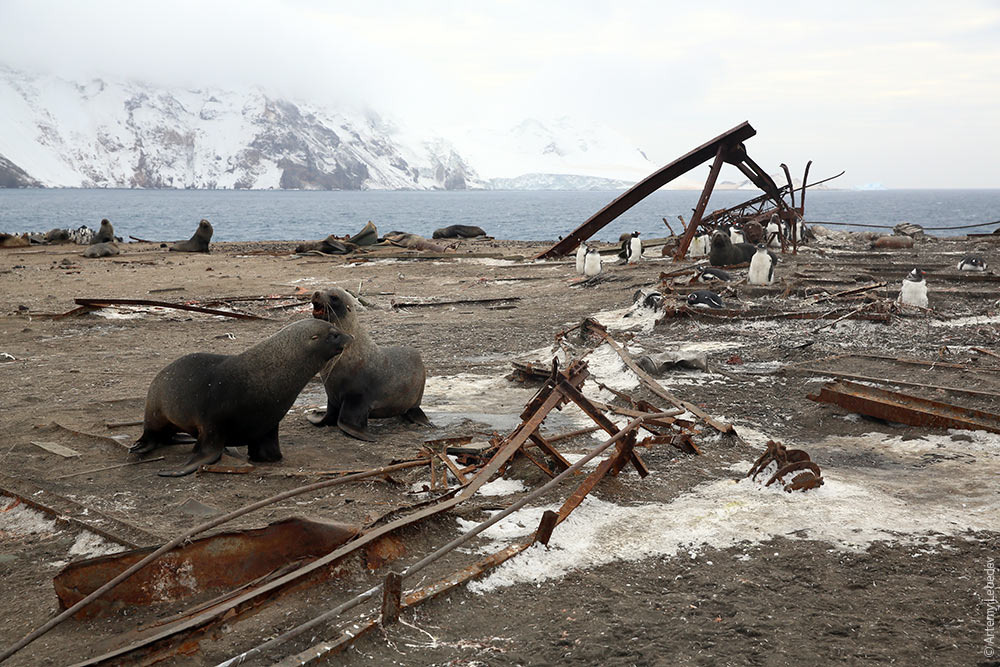 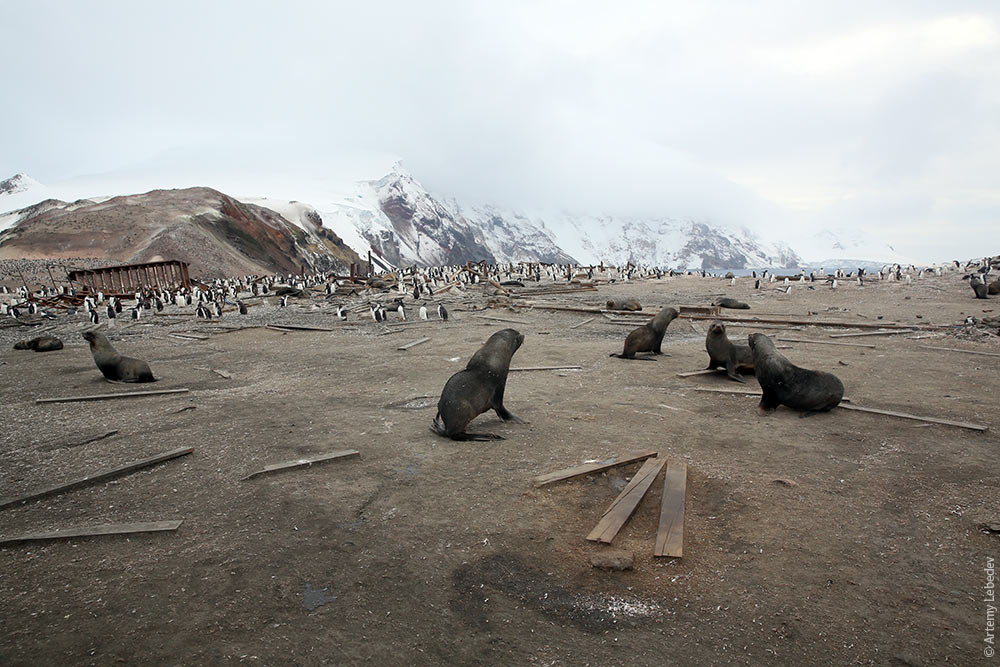 This is, without a doubt, one of the most interesting, exceptional, stunning and memorable places in Antarctica. 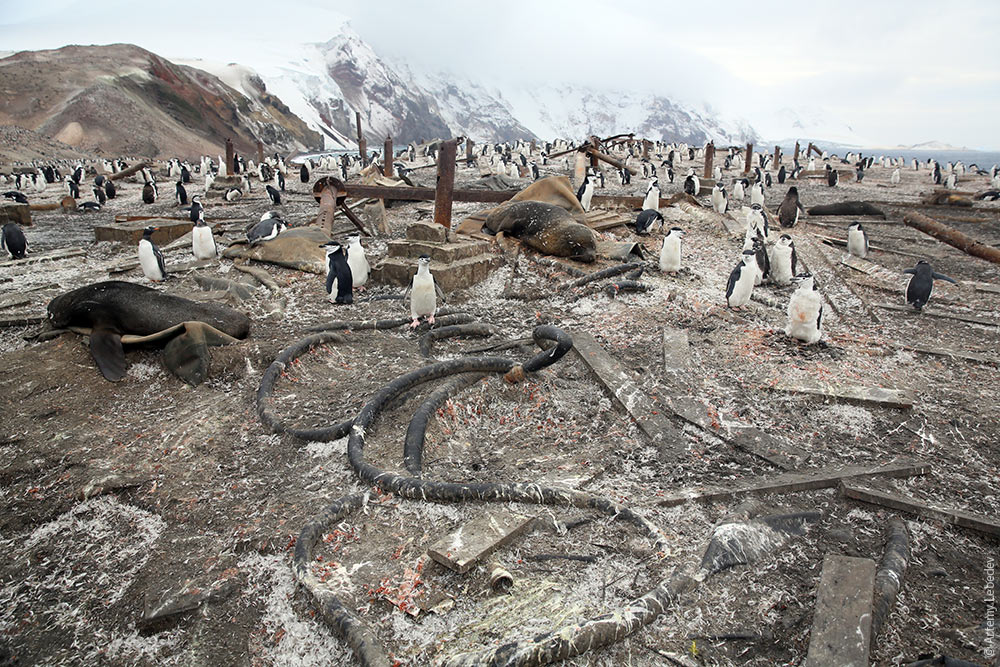 |